
Complete Bike Loan Closing Procedure
01 Mar 2023
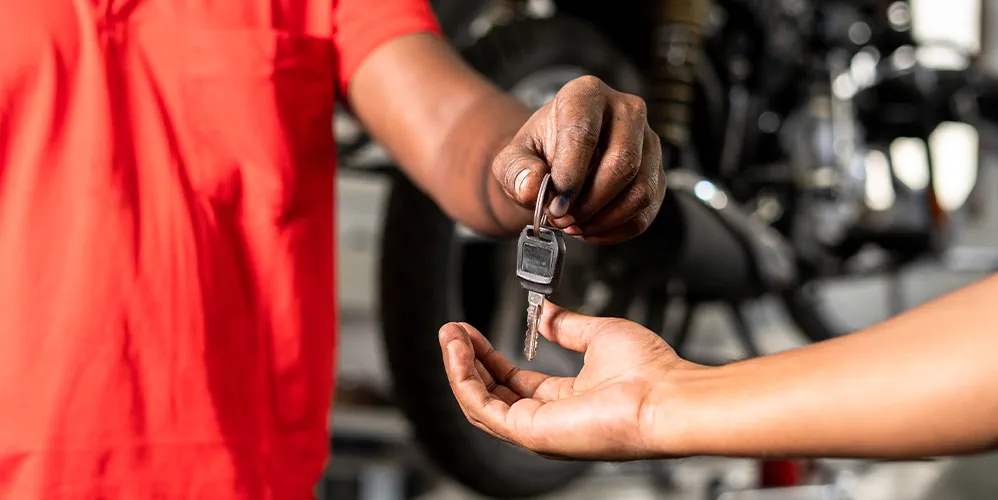
Table of Content
India is predominantly a two-wheeler marketplace when it comes to vehicles, with bikes being the most popular among them. It is convenient and offers a faster commute to and fro the workplace. However, when it comes to purchasing bikes, most buyers go for two wheeler loans with a tenure of 3 to 5 years. It helps them avoid a huge outflow of cash at once. However, when the bike loan approaches closure, what is the procedure that the borrowers should follow for closing the loan? What if the borrowers decide for foreclosure? Let’s find out!
Bike Loan Closing Procedure
Bike loan closure can happen either because the loan tenure is about to expire, and all the EMI dues have been paid or because the borrower is considering foreclosure. Either way, it is important for the borrowers to know the bike loan closing procedure and how to move forward with the documentation. Here’s the complete bike loan closing procedure that borrowers should follow:
Collect All the Original Documents from the Lender
Once the loan closure is completed and all the dues are paid, the borrowers should collect all the original documents from the lender. This not only includes the vehicle documents but also the post-dated cheques that the borrower may have given to the lender.
Obtain a ‘No Dues’ Certificate from the Lender
Borrowers should obtain a ‘no dues’ certificate from the lender once the loan is foreclosed. Lenders issue the No Dues certificate only after all the dues have been paid in full and there is no obligation outstanding to be discharged by the borrowers. This not only includes any EMI outstanding but also any penal charges that might have been not paid by the borrower.
Get Lien on Property Removed
Whenever a borrower avail of a bike loan, a lien is created on the bike. This allows lenders to seize the borrower’s bike in the event of continuous non-repayment of the loan. Once the loan is over, borrowers should remove the lien on the bike that the bank is having.
Check the Credit Records
Once the loan foreclosure gets completed, it is important that the borrower get the credit records updated. It does not happen immediately. Borrowers can check their credit records a few days or a month later to know whether the bank has correctly updated the credit records.
Bike Loan Foreclosure Process
Many a time, borrowers go for foreclosure of the loans . Foreclosure implies that the whole outstanding loan amount is repaid at once instead of repaying it in multiple installments. The whole of the loan is prepaid and the loan is closed by the bank or the financial institution. Following is the bike loan foreclosure process that borrowers should adhere to:
Ask the Lender for the Foreclosure
Borrowers need to ask the lender for two wheeler loan foreclosure. It is only after the lender approves that the borrowers can go for the foreclosure of their bike loan. He might need to file an application for closing loan account. If the lender allows the foreclosure of the bike loan, ask for the documents that will be required for the foreclosure of the loan. The borrower would normally be required to carry the KYC documents, bike loan documents and the cheque or demand draft for foreclosing the loan.
Clear All the Dues
Know all the dues that are pending to be paid while filing the application for closing loan account. This will include the entire principal outstanding, interest (if any), penal charges and most importantly the foreclosure charges. Banks levy a charge known as a foreclosure charge in the event borrower requests a foreclosure. This is because the funds of the lender get idle before the predetermined time (i.e., loan tenure). As the lender suffers interest loss in case of foreclosure, it collects foreclosure charges from the borrowers. It can be anywhere between 1% to as high as 4% of the amount repaid or the principal outstanding. For foreclosing the loan, borrowers need to repay the entire dues. Bank of Baroda is not levying any foreclosure charges.
Obtain The Final Loan Statement
Once the borrowers complete the loan closure, they should request the final loan statement from the lender post-foreclosure. The loan statement shows the actual repayment transactions that happened over the specified period of time. The final loan statement should indicate zero liability and repayment in full for the borrower.
Ask for the Original Documents
Whenever a borrower avails of a loan, the original documents of the asset remain in the custody of the lender. If the borrower applies for two wheeler loan foreclosure, then it is important that the borrower collects the original documents from the lender. Further, the borrower should also ensure to collect any post-dated cheques that may be held by the lender.
Get the No Dues Certificate
The borrower should ask for the no-dues certificate from the lender. Once all the dues are cleared, the borrower gets absolved from the loan liability. No dues certificate is important to ensure that there is no future dispute in relation to the loan.
Foreclosure vs Prepayment
Foreclosure and prepayment are often used interchangeably. However, they are different terminologies associated with loans. Let’s understand the difference:
Prepayment
Prepayment is paying the principal outstanding in advance before the due date. Loan prepayment can be of two types i.e., partial prepayment or full prepayment.
- Partial Prepayment: Partial prepayment happens when only a portion of the principal outstanding is being prepaid. For instance, suppose the principal outstanding is Rs, 3 lakhs and the borrower pays Rs. 1 lakh together. Then it shall be known as partial prepayment. Partial prepayment leads to the reduction of either the EMI amount or the tenure of the loan.
- Full Prepayment: Full prepayment happens when the borrower prepays the total principal outstanding at once. This leads to a closure of the loan as the entire amount has been repaid by the borrower. In the above example, if the total principal outstanding of Rs. 3 lakhs is prepaid by the borrower, then it shall be considered a full prepayment.
Foreclosure:
Foreclosure is when the loan is closed before completing the tenure of the loan. It can happen due to the following two reasons:
- Full Prepayment: As discussed above, the borrower prepays the total principal outstanding, it should be considered as full prepayment or foreclosure. Thus, full prepayment is one way of foreclosing the loan.
- Balance Transfer: It happens when the borrower decides to transfer his outstanding principal from one financial institution to another financial institution. This can be due to multiple reasons like lower interest rates, better terms etc. Here, the second financial institution pays the entire loan amount outstanding to the first financial institution that initially sanctioned the loan. The borrower then repays his loan to the second financial institution.
Benefits of Foreclosure or Prepayment
Foreclosure of two-wheeler loans, or in fact any loan, has its own set of advantages. Following are some of the benefits that make foreclosure a preferred action by the borrower:
- Savings in Interest Cost: Prepaying the loan enables borrowers to save a lot of interest costs. This is especially beneficial if the loan is availed of at a high-interest rate.
- Eliminates Debt: Prepayment or foreclosure of the loan eliminates the debt of the borrower thus, absolving him of any outside liability.
- Opportunity for New Loan: Loans are financial commitments to third parties and it directly reduces the disposable income in the hands of the borrower. Foreclosing or prepaying the loan opens the opportunities to avail of new loans for the borrowers.
- Lower Interest Rates: If the borrower can find a lower interest rate, then foreclosing the loan by getting it transferred to another bank can help the borrower get affordable rates with better terms.
- Credit Report: Prepaying the loan can help increase the credit score as it gets reflected in the credit report of the borrower.
Dos and Don’ts
Following are certain dos and don’ts that borrowers should remember before going for a loan closure or foreclosure:
Dos
- Do check the processing fees and other charges of the other bank if the loan is being foreclosed by transferring it to another bank.
- Do check whether the borrowers are eligible for making the loan close application at the initial stage itself when they are applying for the loan. If yes, then also go through the associated foreclosure charges.
- Do intimate the RTO of the closure of the loan to remove the hypothecation.
Don’ts
- Don’t apply for foreclosure before inquiring about the foreclosure charges. Foreclosure charges can be anywhere between 1%-4% of the principal outstanding.
- Don’t go for foreclosure if the loan tenure is about to get over within a few months.
- Don’t go for foreclosure if the principal is the main component pending. If one closely studies the repayment schedule, he will find that at earlier stages, interest comprises a major portion of the EMI whereas the principal portion is less. In later years, the principal is the majority component remaining while the borrower has already paid most of the interest. Therefore, study how much principal is about to be repaid before going for foreclosure.
In a Nutshell
Prepayment or foreclosure of two wheeler loan is a simple and straightforward process. The above procedure can help the borrower to complete the closure process without any hassle. However, the borrower should keep in mind the dos and don’ts to avoid missing out on any important step.
Bank of Baroda offers some of the most affordable vehicle and bike loans up to Rs. 10 lakhs. One of the key benefits of bike loan is that it does not attract any prepayment charges for Bank of Baroda two-wheeler loan foreclosure. With minimal processing charges, borrowers can borrow the funds for up to 60 months. Now, don’t just ride the bike, own it with the Bank of Baroda as your financial partner.
Popular Articles
Guide to Getting Agriculture Loan: Application, Eligibility & Required Documents
Related Articles
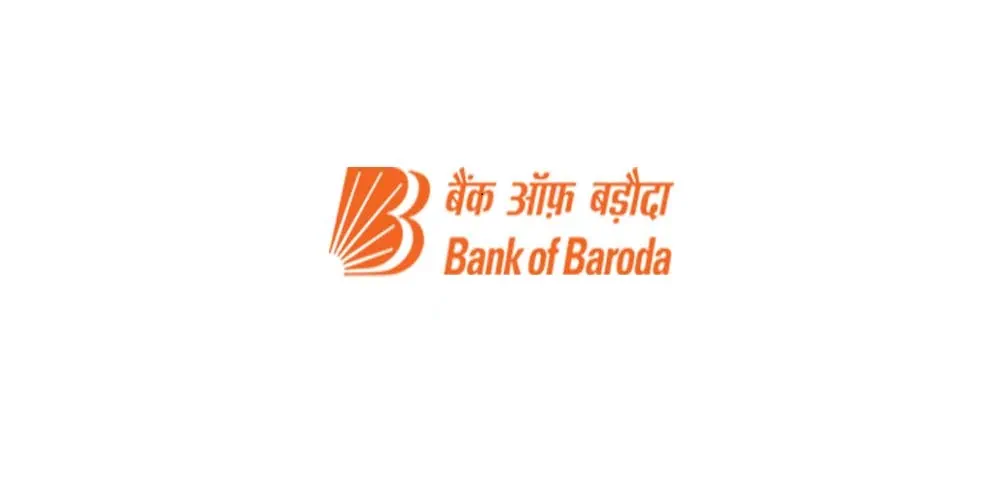


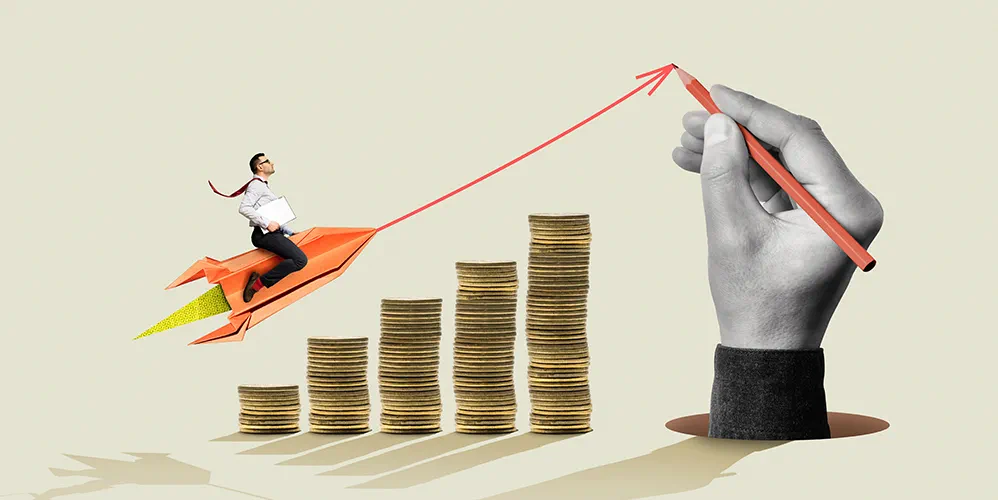
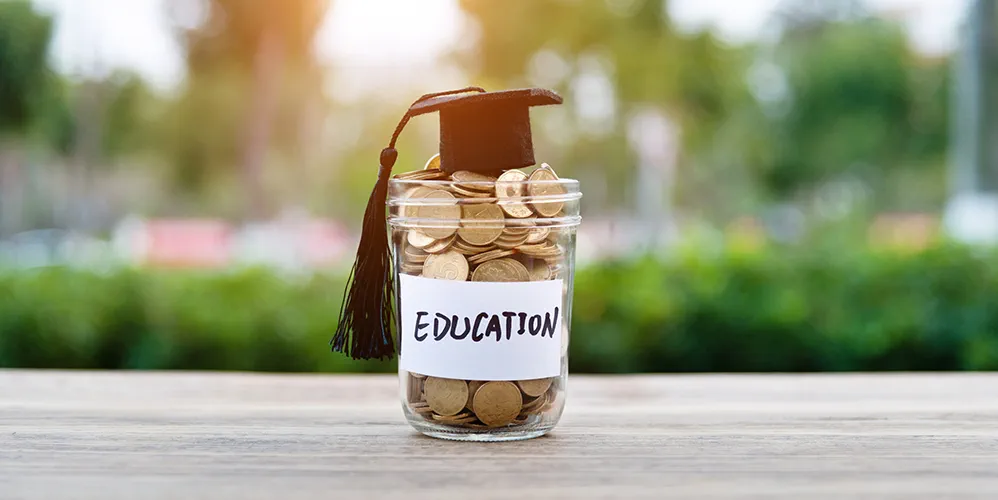
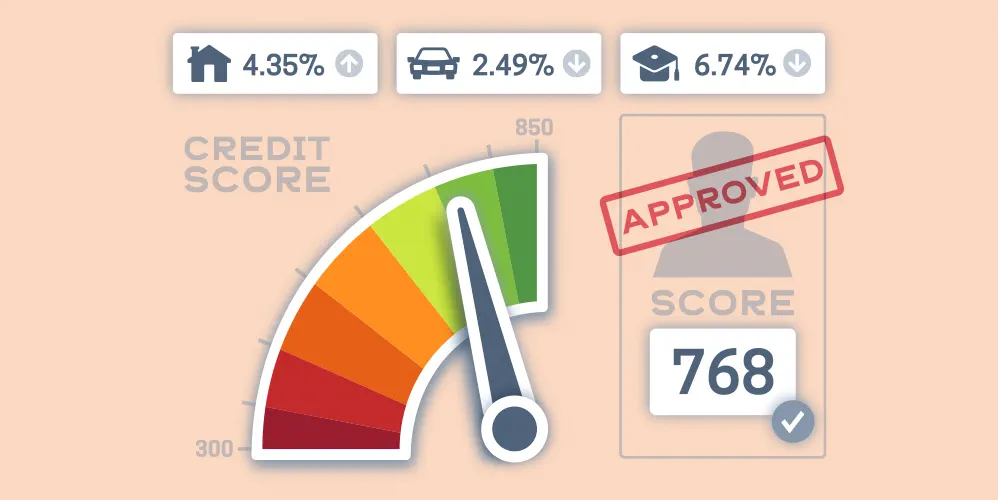
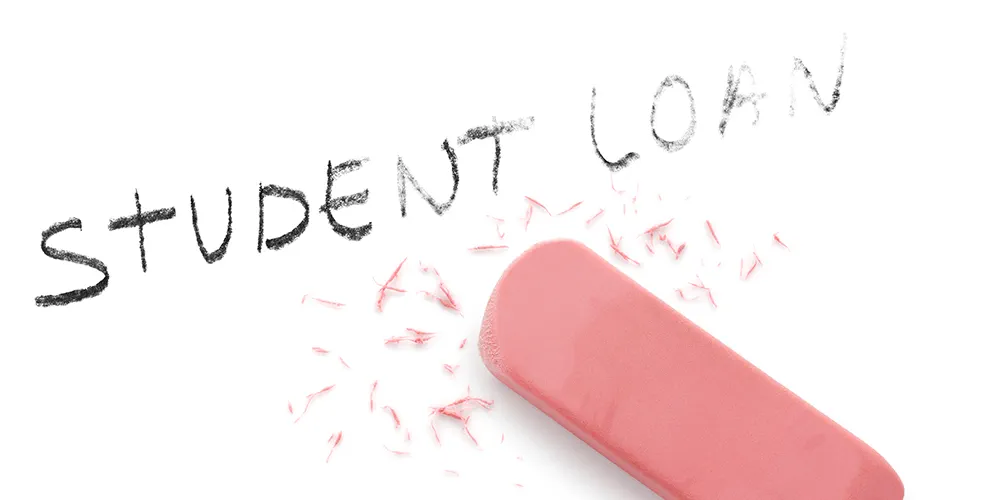



Guide to Getting Agriculture Loan: Application, Eligibility & Required Documents
-
Disclaimer
The contents of this article/infographic/picture/video are meant solely for information purposes and do not necessarily reflect the views of Bank of Baroda. The contents are generic in nature and for informational purposes only. It is not a substitute for specific advice in your own circumstances. Bank of Baroda and/ or its Affiliates and its subsidiaries make no representation as to the accuracy; completeness or reliability of any information contained herein or otherwise provided and hereby disclaim any liability with regard to the same. The information is subject to updation, completion, revision, verification and amendment and the same may change materially. The information is not intended for distribution or use by any person in any jurisdiction where such distribution or use would be contrary to law or regulation or would subject Bank of Baroda or its affiliates to any licensing or registration requirements. Bank of Baroda shall not be responsible for any direct/indirect loss or liability incurred by the reader for taking any financial decisions based on the contents and information mentioned. Please consult your financial advisor before making any financial decision.
How to Calculate EMI for Bike Loan: Tips and Tricks
A two-wheeler is a compact vehicle that gives excellent mileage and allows you to navigate through city traffic easily. It cuts down your travelling time and expenses while you can find parking easily. Whether you wish to buy a geared bike or a scooter, you can do so with two-wheeler loans. Let's understand what is two wheeler loan and learn about the factors affecting Two-Wheeler Vehicle Loan interest rates. Also, find out how to use a Bike Loan EMI calculator before sending your loan application.
CIBIL Score for Bike Loan
CIBIL score is one of the critical factors for determining eligibility for a loan. Even if it’s a bike loan, borrowers need to have a minimum CIBIL score to avail of the bike loan. A CIBIL score depicts the borrower's credibility, credit performance and repayment history. It is the basis upon which the lender assesses whether the borrower will be able to repay the loan. But what’s the minimum CIBIL score for a bike loan? Let’s find out!

